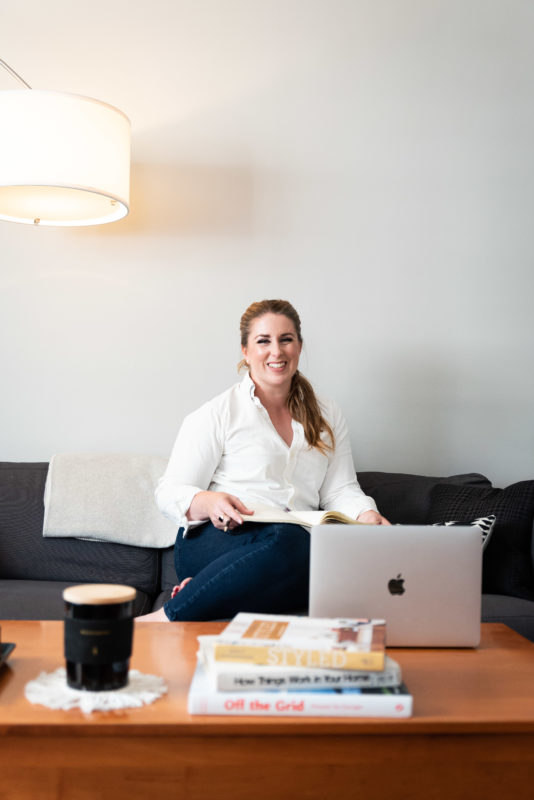I have two questions for you. First, are you lucky enough to have a lower level offering extra multi-functional living space? Second, are you making the most of it to impress buyers?
Probably not, home experts say. If you’re not thoughtful about your basement layout and its uses, it won’t actually add much value to your property. Here are six common mistakes you may be making when it comes to making the most of basements, and what to do instead.
By Wendy Helfenbaum | June 8, 2020
You have a bunch of small, enclosed rooms.
Homeowners often divide basements into walled-in zones for a home office, a gym, a guest room, and TV area, thinking buyers will love separate spaces. But don’t forget that basements house important systems that regulate temperature and air flow, and an open floor plan makes more sense, says Boston-based real estate agent Kate Ziegler.
“You’ll need to access some of your systems in the future, and if you have all those tiny spaces, it’s going to make future repairs much more time-consuming,” says Ziegler.
Smart fix: Having some open space makes repairs easier, and it’s also better for your systems themselves, which need fresh air and air flow to function most efficiently without additional wear and tear on your equipment.
You messed around with essential structural elements.
We get it, you don’t want to bang your head on the ceiling. But one big mistake people make when they try to add more head clearance is cutting through ceiling support beams or floor joists without realizing they’re actually holding up the house.
“That’s a major no-no and one of the most costly mistakes to fix,” Ziegler says.
Smart fix: If you’re missing chunks of support beams, they’ll need to be patched to make sure there’s still structural integrity, Ziegler says.
You laid down the wrong flooring.
Since most basements are at least partly below grade, make sure you’re using the right flooring materials that won’t become irreparably damaged by moisture. So, forget carpet, hardwood, or anything else that won’t dry out quickly, advises Ziegler.
Smart fix: Install vinyl flooring, tile, carpet tiles, or rubber floor tiles that snap together easily. “Those materials are going to be more resilient if there’s heavy rain and you get some water in your basement,” says Ziegler. “It’s not going to ruin your space or your things.”
Continue to Apartment Therapy for the full article.

